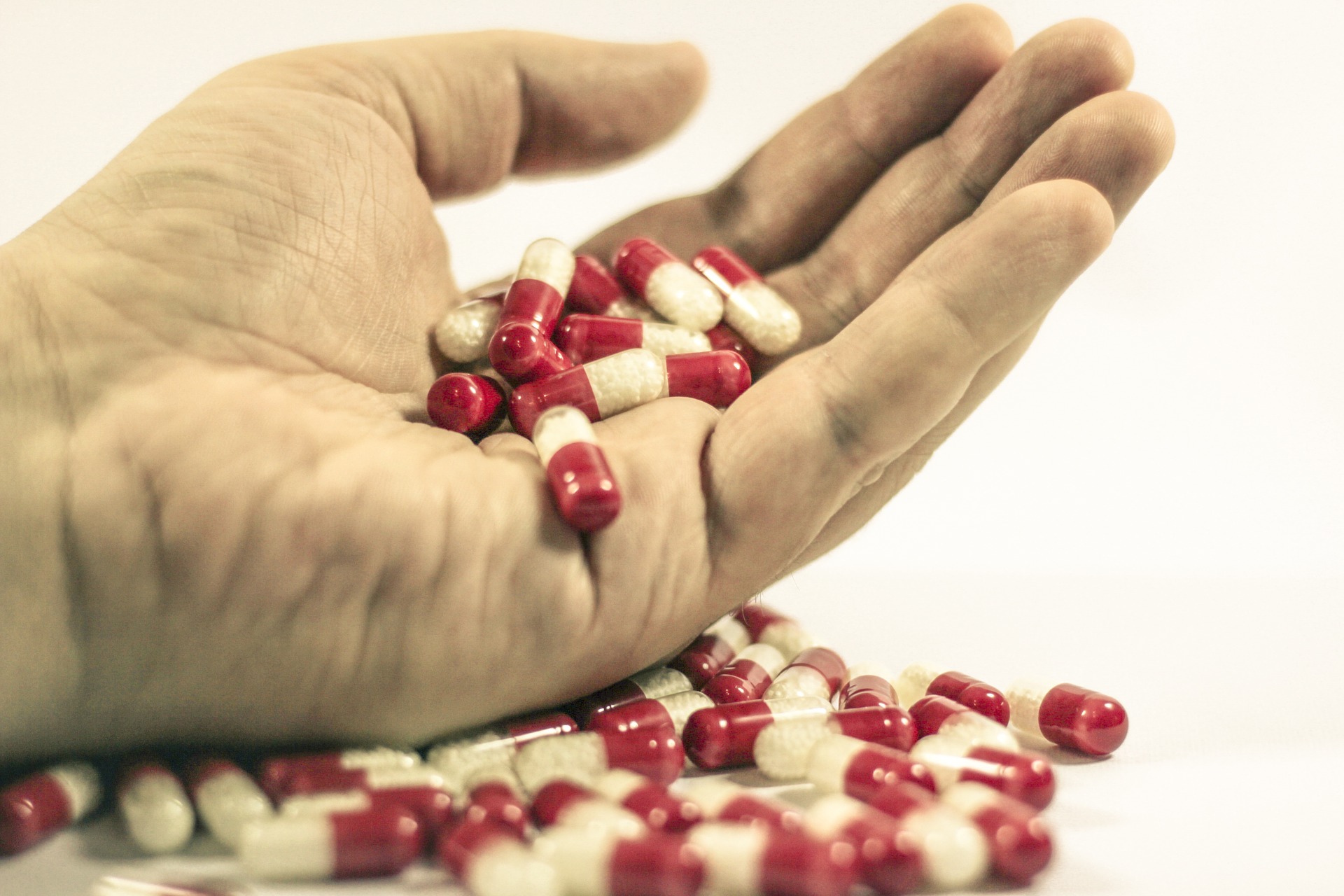
HepaRG™ ability to predict drug-cholestatic liability
Unfortunately, current pre-clinical animal and hepatic in vitro models can only pick-up about 50-60% of clinical DILI cases. Indeed, they have shown clear limitations in drug-cholestasis liability prediction. This can be attributed to interspecies differences in bile acid (BA) synthesis, composition, transport, and regulation but also to the lack of drug-induced cholestasis appropriate biomarkers.
An adverse outcome pathway (AOP) on cholestasis has been recently updated. It depicts the linkage between the most relevant molecular initiating events and the adverse outcomes of bile acid accumulation.
All the known triggering factors of intrahepatic cholestasis namely transporter expression compromise, cytoskeletal architecture disruption, and bile canaliculi dynamics alteration have been observed in HepaRG cells exposed to cholestatic drugs.
It has been demonstrated for the first time using the HepaRG™ model that an in vitro human liver cell line is able to produce and secrete conjugated BA but also to accumulate endogenous BA transiently following exposure to a cholestatic drug. Indeed, HepaRG cells express major BA synthesis enzymes (CYP7A1, CYP8B1, and CYP27A1). In addition, the main hepatobiliary transporters (NTCP, BSEP, MRP2, MDR1, MDR3, and MRP4) are correctly localized to the canalicular and basolateral membrane domains and functionally active in HepaRG cells. Protein activity, as well as mRNA expression of these transporters, are differentially modulated in cholestatic drug-exposed HepaRG cells.
Similar to human hepatocytes, bile canaliculi-like structures of the HepaRG cell line show spontaneous rhythmic motility allowing dynamic evacuation of canalicular content. This motility is strongly altered by cholestatic drugs that induce either bile canaliculi constriction or dilatation. The involvement of Rho Kinase and myosin light chain kinase signaling pathway has been revealed as an underlying mechanism of drug-induced bile canaliculi alteration in HepaRG cells. Disruption of pericanalicular F-actin distribution is another feature of drug-induced cholestasis observed in this cell line.
Two types of cellular response result from the accumulation of BA in HepaRG cells. An adverse response consists mainly of a generation of oxidative stress and endoplasmic reticulum stress associated with a mitochondrial impairment leading to cell death. In parallel, a compensatory response aiming to reestablish BA homeostasis is set up. This adaptive response of decreased bile acid synthesis (CYP7A1 and CYP8B1) and influx (NTCP) and increased expression of basolateral efflux transporters (MRP3 and MRP4) and BA metabolizing enzymes (CYP3A4) seeks to counteract the drug-induced bile acid accumulation.
Altogether, acute and chronic cholestasis studies highlight the HepaRG cell line as a robust and accurate model to flag drug candidates with cholestatic risk according to the most relevant endpoints of cholestasis AOP.
References:
Anthérieu S, Bachour-El Azzi P, Dumont J, Abdel-Razzak Z, Guguen-Guillouzo C, Fromenty B, Robin MA, Guillouzo A. Oxidative stress plays a major role in chlorpromazine-induced cholestasis in human HepaRG cells. Hepatology. 2013 Apr;57(4):1518-29. doi: 10.1002/hep.26160. Epub 2013 Mar 4. PMID: 23175273.
Bachour-El Azzi P, Sharanek A, Burban A, Li R, Guével RL, Abdel-Razzak Z, Stieger B, Guguen-Guillouzo C, Guillouzo A. Comparative Localization and Functional Activity of the Main Hepatobiliary Transporters in HepaRG Cells and Primary Human Hepatocytes. Toxicol Sci. 2015 May;145(1):157-68. doi: 10.1093/toxsci/kfv041. Epub 2015 Feb 17. PMID: 25690737; PMCID: PMC4833040.
Bachour-El Azzi P, Sharanek A, Abdel-Razzak Z, Antherieu S, Al-Attrache H, Savary CC, Lepage S, Morel I, Labbe G, Guguen-Guillouzo C, Guillouzo A. Impact of inflammation on chlorpromazine-induced cytotoxicity and cholestatic features in HepaRG cells. Drug Metab Dispos. 2014 Sep;42(9):1556-66. doi: 10.1124/dmd.114.058123. Epub 2014 Jul 7. PMID: 25002748.
Burban A, Sharanek A, Guguen-Guillouzo C, Guillouzo A. Endoplasmic reticulum stress precedes oxidative stress in antibiotic-induced cholestasis and cytotoxicity in human hepatocytes. Free Radic Biol Med. 2018 Feb 1;115:166-178. doi: 10.1016/j.freeradbiomed.2017.11.017. Epub 2017 Dec 2. PMID: 29191461.
Gijbels E, Vilas-Boas V, Annaert P, Vanhaecke T, Devisscher L, Vinken M. Robustness testing and optimization of an adverse outcome pathway on cholestatic liver injury. Arch Toxicol. 2020 Apr;94(4):1151-1172. doi: 10.1007/s00204-020-02691-9. Epub 2020 Mar 10. PMID: 32152650.
Sharanek A, Burban A, Humbert L, Bachour-El Azzi P, Felix-Gomes N, Rainteau D, Guillouzo A. Cellular Accumulation and Toxic Effects of Bile Acids in Cyclosporine A-Treated HepaRG Hepatocytes. Toxicol Sci. 2015 Oct;147(2):573-87. doi: 10.1093/toxsci/kfv155. Epub 2015 Jul 20. PMID: 26198044.
Sharanek A, Burban A, Burbank M, Le Guevel R, Li R, Guillouzo A, Guguen-Guillouzo C. Rho-kinase/myosin light chain kinase pathway plays a key role in the impairment of bile canaliculi dynamics induced by cholestatic drugs. Sci Rep. 2016 May 12;6:24709. doi: 10.1038/srep24709. PMID: 27169750; PMCID: PMC4867683.